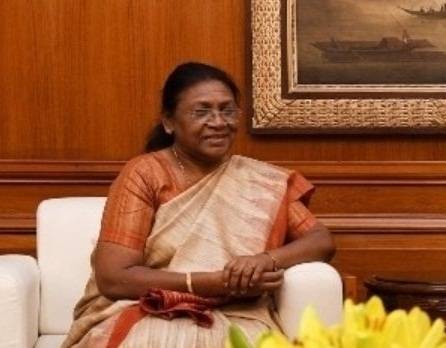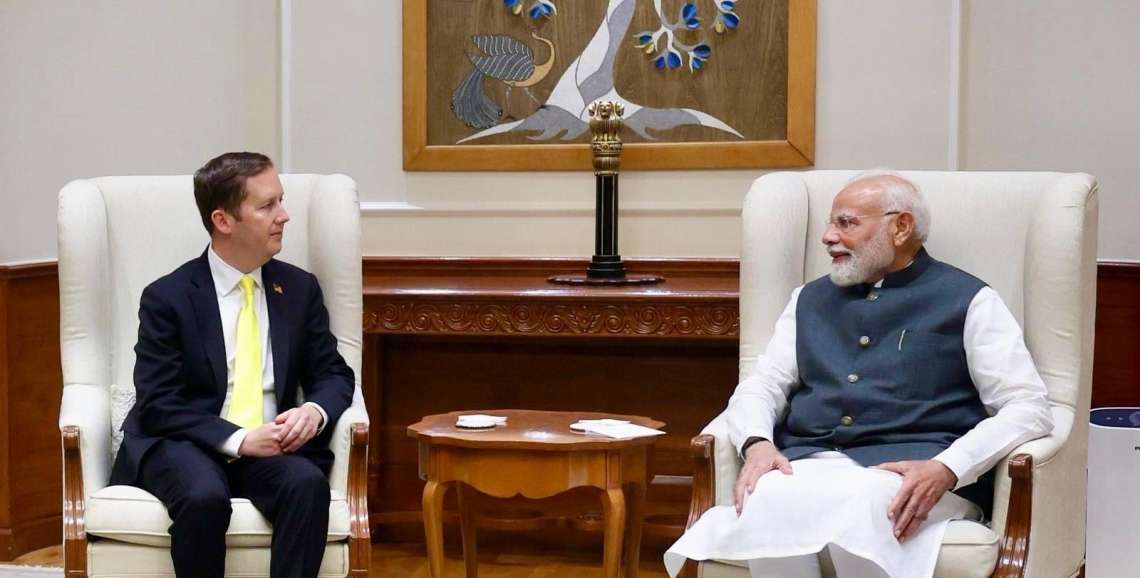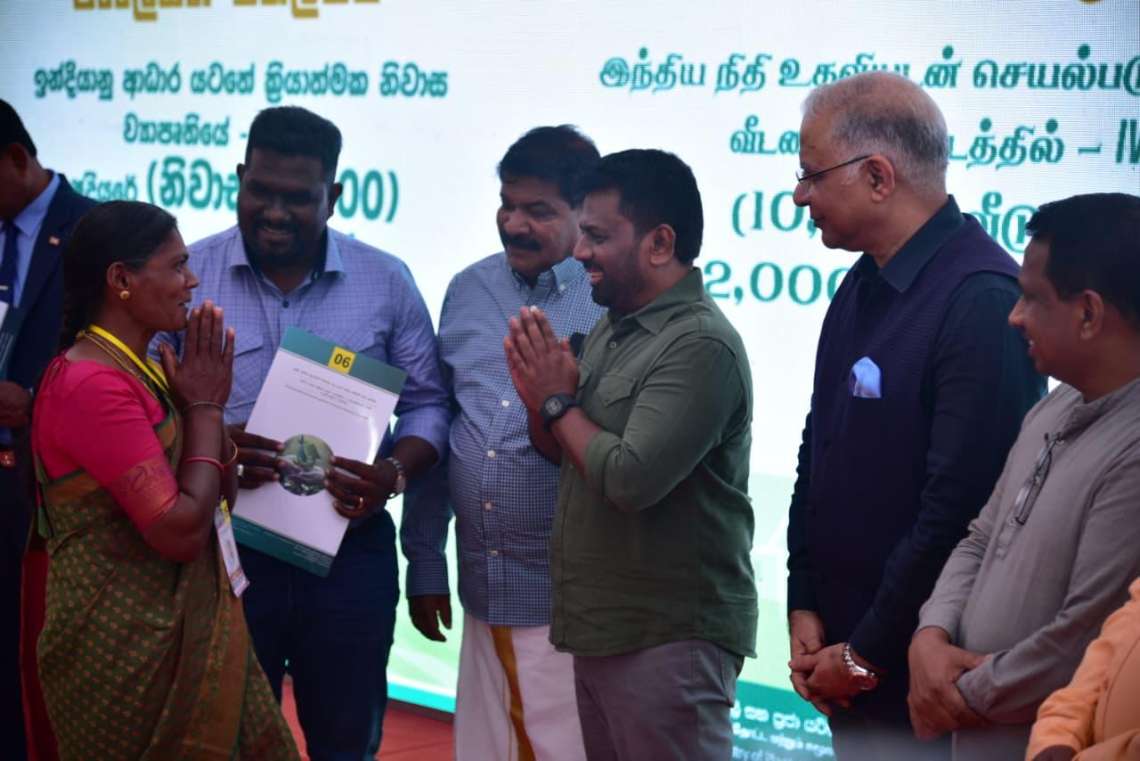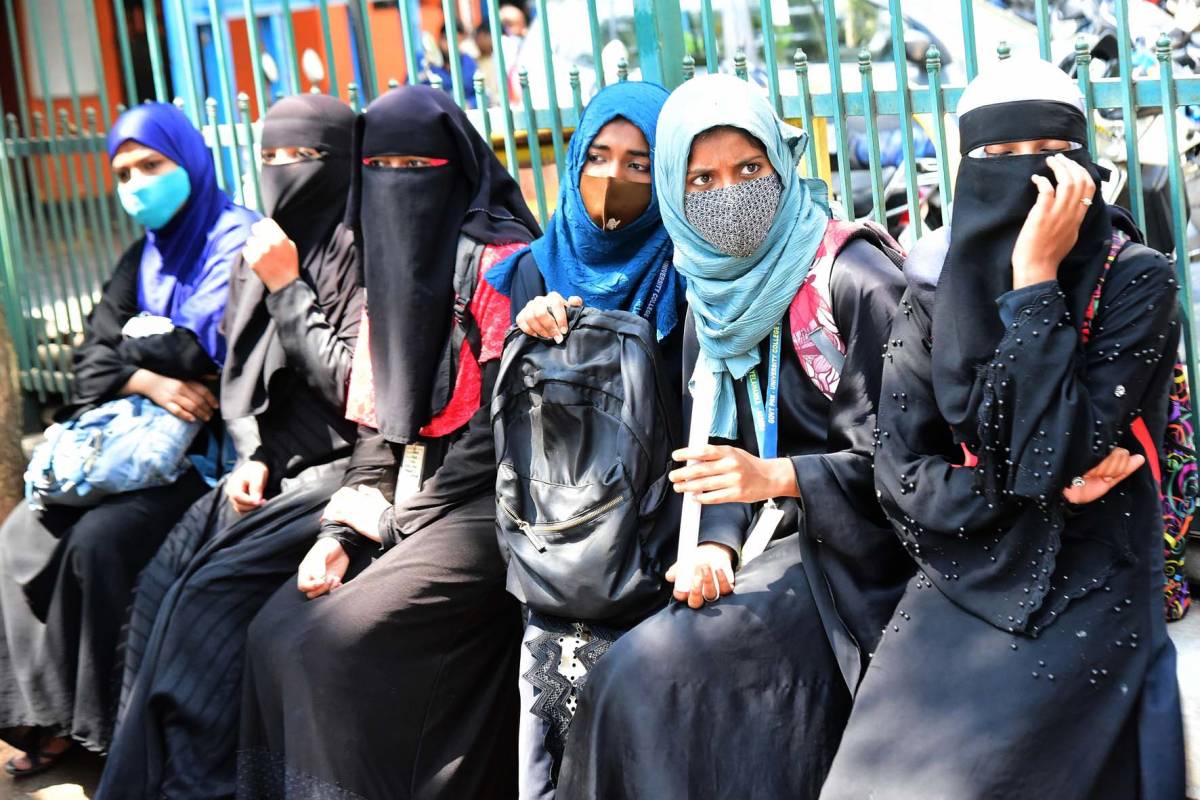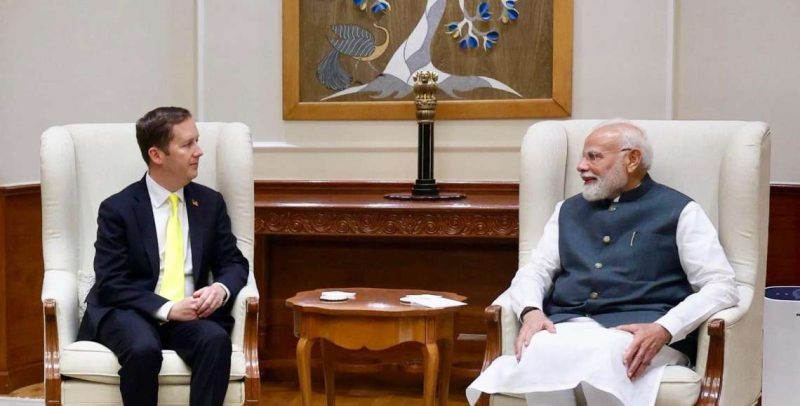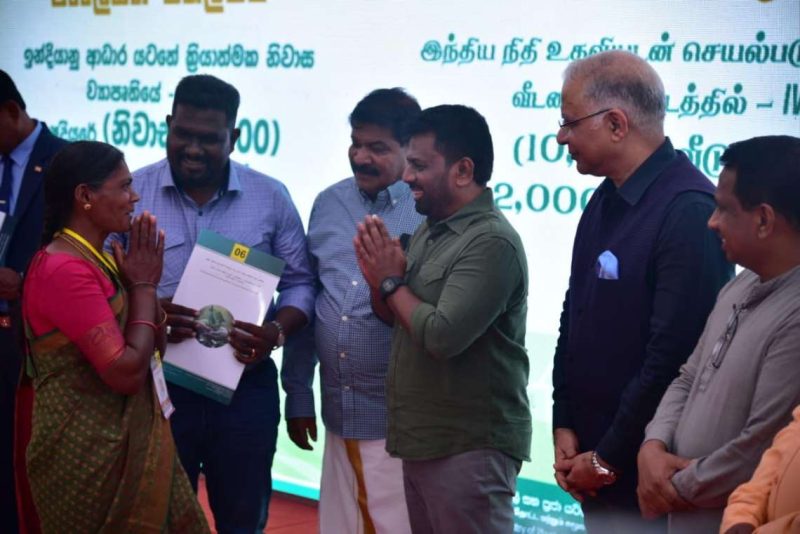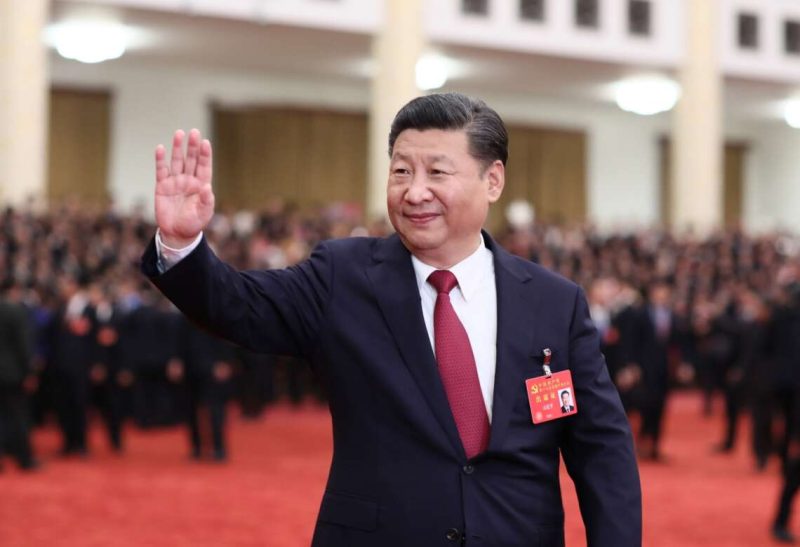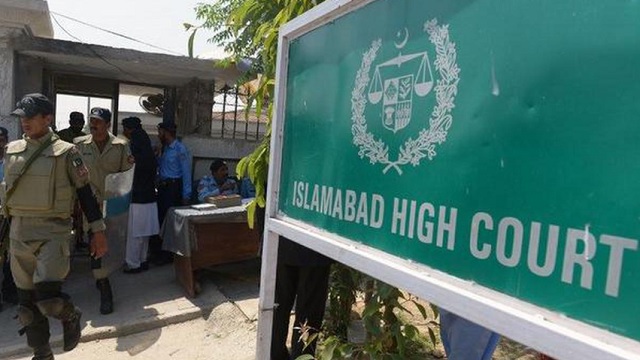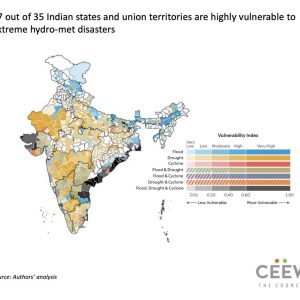It fits in with the ethos of the BJP re-modelled by Modi with a much more inclusive and substantially altered social base…writes Sunil Trivedi
The nomination of Draupadi Murmu as NDA’s Presidential candidate has been seen as a tactical political outreach to the tribals, women and under privileged population and the decision is attributed to Prime Minister Narendra Modi’s penchant for the surprising.
On an impressionistic view, this may appear plausible. However, a deeper study of the way Modi has changed the architecture of BJP over the past 40 years brick by small brick, block by big block as his stature in the party grew, reveals that Murmu’s nomination is but a natural outcome of the political values that the new BJP stands by.
It fits in with the ethos of the BJP re-modelled by Modi with a much more inclusive and substantially altered social base.
This kind of neutral and analytical study of BJP as an organization is now available, thanks to the painstaking efforts of Ajay Singh, the writer, who has put together a perspicacious yet in-depth work on organization building, growth and dynamics of BJP. He has located the analytical study amid the dramatically dynamic political eco-system in which Modi built the BJP as a formidable organization.
The book titled ‘The Architect of the New BJP: How Narendra Modi Transformed the Party’ has an enduring academic weight to it without it being a dull and ponderous reading. Most importantly, it is not a hagiography, though Modi captures centrestage as the very subject of the study.

It is a racy reading which recounts many defining political incidents that shaped India since the 1970s. That’s when Modi began to contribute to the making of BJP at its grassroots.
Concepts and words like design thinking, system building, organic growth, holistic approach and proactive strategies have become trite with overuse. But they make eminent sense when used in a case study or a context which is authentic.
All these concepts, as Ajay Singh highlights in the book find vindication in the organisational journey of BJP guided by the single mindedness of Modi. This single mindedness is, however, multi-dimensional and multi-layered encompassing the government, the party apparatus from top to bottom, social and economic issues in the various regions of India, management of change, disaster management, social psychology, dealing with pressure groups and what have you.
The erudite foreword of the book is written by the eminent author Walter Andersen, a former head of South Asia Studies at Johns Hopkins University, USA.
Andersen mentions a weakness common to most of the writings in the space of practical politics and organisations. He says many scholars analyzing political parties either avoid the difficult task of developing a deep insight into its functioning or make do with a cursory analysis. Ajay Singh is an exception, Andersen says.
Coming from a serious author like Andersen, that’s a compliment which Singh’s book totally justifies. Andersen’s concluding lines in the foreword sum up the essence of the book.
In fact, he quotes Singh to substantiate the point that the ideological vision behind Modi’s organisation building and electoral projects has been to replace the Congress system conceived by a Western-educated elite with a BJP that is the sole contender for the claim of a wholly Indian, home-grown way of party building.
Singh thinks that this project will continue after Modi because of the robust organisation he has built which is capable of throwing up new leadership options.
The conclusion of the book is like an apotheosis after the reader goes through a very racy and interesting recounting of political incidents, many of which are likely to have skipped attention of even the alert political observers.
The conclusion may well be a part of a book on political science or an academic political history as it relates the political incidents and Modi’s organization-building-responses with concepts in seminal works like ‘Party Building in a New Nation: The Indian National Congress’ by Myron Weiner published in 1967 and ‘Party Politics in India: The Development of Multi-Party System’ (1957), Christophe Jaffrelot’s ‘The Hindu Nationalist Movement in India’ (1996), Craig Baxter’s ‘The Jana Sangh: A Biography of an Indian Political Party’ and several other major books.
Ajay Singh has managed to weave in serious conceptual interludes without burdening the lightness of the reading experience.
The book is full of information and nuggets that educate even those who justifiably feel that they are quite knowledgeable about the political affairs of India. “Often great political turns begin with apolitical events.” This quote by Singh is followed by a brief account of the disastrous flood that inundated Morbi town in Saurashtra in August, 1979, claiming 25,000 lives.
The relief operations organised by the young Narendra Modi stand out in bold relief. Modi’s role in the success of the ‘Khedu’ protest by the farmers of Gujarat (the phonetic association with ‘Kheda’ is not irrelevant at all) is also among the less known events which are not less significant for that.
Much later, his giving the call for a new green revolution in water starved regions in Gujarat was based on holistic thinking and organisational preparedness. Often, he makes ordinary citizens partners in the organisational endeavours of BJP. He does it through effective organisational communication using conventional and state-of-the-art methods and technologies.
His political messaging is fully baked because of its being fully thought through. He decided to have Ambedkar’s complete works translated into Gujarati. He launched a state government initiative to encourage inter caste marriages and named it after the second wife of Dr. Ambedkar, Savita Ambedkar, who was from a Brahmin family.
He started yet another programme for large group-weddings of under privileged couples and named it after Ramabai, the first wife of Babasaheb. This integrated invoking of the Ambedkar symbol is unique in its sweep and effect. The writer Ajay Singh refers to K.M. Munshi, an iconic Gujarati political and literary figure who was one of the most prominent Congress leaders to switch over to Rajagopalachari’s Swatantra Party.

Ajay Singh narrates the invocation of Gujarati Asmita (which means pride and self-respect) by Modi in the context of the then Chief Election Commissioner’s reluctance to declare State Assembly Elections as recommended by CM Modi.
I don’t want to rob the reader of the joy of discovering for himself the pleasures of reading one of the most interesting books on Indian politics, full of anecdotes, incidents and personalities, colourful and not-so-colourful, yet important. Insightful observations and conclusions are deftly woven with narrations of interesting political events.
Modi has consistently increased the social base of the BJP making it far more inclusive and, in the process,he has almost totally transformed it compared to the days when it was seen as a party of the urban middle class and traders.
That BJP would win majority of the SC and ST constituencies under Modi’s watch as early as late 1980s and early 1990s may be news to many. Modi’s approach of building alignment between the party and the government and also with other stakeholders right since his Gujarat days had laid the foundation of what is seen as a most formidable political juggernaut.
Modi’s approach at integrating the different stakeholder groups may be described by an analogy based on ultra-urban neighbourhoods. But it is in order for describing the organisational philosophy of someone who is equally committed to ‘lab to land’, ‘plough to plate’ as he is to smart cities and state-of-the-art digital infrastructure.
Imagine a modern housing complex with several multi-storied towers, with no intermingling among the residents of the various towers.
Now imagine that an innovative architect decides to build skyways linking all the towers in the complex whereby the residents on the different floors of the towers can freely move around to other towers.
Not only that, the innovative architect also builds useful and fruitful meeting venues where residents of all the towers intermingle. While they remain occupants of their own flats and towers, they become one large community of the housing complex.
In a much better way, Ajay Singh has described how Modi has built the new BJP as a party which has free interface and harmonious alignment with all the stakeholders including the government(s), the NGOs, the various political formations, pressure groups and above all, the different segments of Indian society.
Modi is a weaver of a complex political fabric which is strong and represents different hues of our political and social spectrum.
Ajay Singh writes like a knowledgeable art critic who regales the reader while educating him about the basics and the nuances. That he has remained an observer and has not become partisan, makes the book an intellectually rewarding reading.
(The writer is OSD to the President of India)


